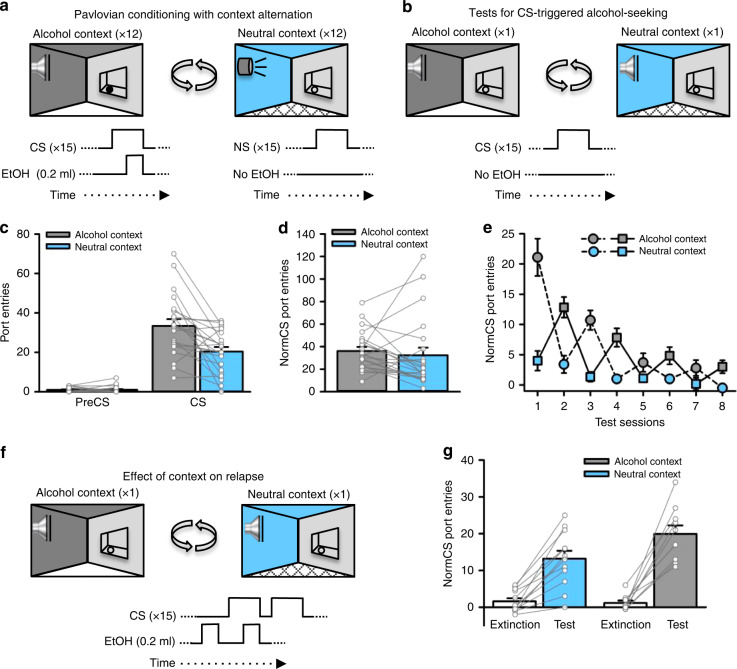Fig. 1. An alcohol context invigorates CS-triggered alcohol-seeking.
a Rats (n = 22) received Pavlovian conditioning sessions every other day in a distinct ‘alcohol context’ where a discrete, conditioned stimulus (CS) was paired with alcohol. On alternating days, rats were exposed to a different, ‘neutral context’ where a neutral stimulus (NS) was presented without alcohol. b Port-entries elicited by the CS (i.e., CS-triggered alcohol-seeking) were tested in the alcohol and neutral contexts by presenting the CS without alcohol. c At test, CS, but not PreCS, port-entries were elevated in the alcohol context compared to the neutral context [Context × Interval, F(1,20) = 14.656, p = 0.001, ηp2 = 0.423; t(21) = 3.736, p = 0.001, ηp2 = 0.399]. d NonCS port-entries were unaffected by context [Context, F(1,20) = 0.363, p = 0.554, ηp2 = 0.018]. e We then conducted four additional tests in the alcohol and neutral contexts to determine if the impact of the alcohol context on CS-triggered alcohol-seeking was persistent. Normalized CS port-entries (CS minus PreCS; mean ± s.e.m.) decreased across repeated tests [Session, F(3,30) = 18.435, p < 0.001, ηp2 = 0.648], but were elevated in the alcohol context relative to the neutral context [Context, F(1,10) = 30.671, p < 0.001, ηp2 = 0.754; Context × Session, F(3,30) = 5.885, p = 0.003, ηp2 = 0.370]. Rats received the first test in the alcohol context (dashed line) or neutral context (solid line). f We then investigated the impact of context on relapse by presenting a drop of alcohol in the fluid port before and during the first CS presentation to reinstate CS port-entries. Half of the rats received the reinstatement test in the neutral context following their last extinction session in the alcohol context and vice versa. g Relative to an averaged baseline of the last two extinction sessions, normalized CS port-entries were reinstated in both contexts [Phase, F(1,20) = 108.159, p < 0.001, ηp2 = 0.844], but to a greater extent in the alcohol context than in the neutral context [Phase × Reinstatement Context, F(1,20) = 6.037, p = 0.023, ηp2 = 0.232; t(20) = 2.112, p = 0.047, ηp2 = 0.182]. Averaged data are mean ± s.e.m. with data from individual rats overlaid on the bar graphs. Data were analysed using RM ANOVA (c, d, e, g) and Bonferroni-corrected t tests (c, g). All statistical tests were two-sided. Raw data are available as a supplementary source data file.

